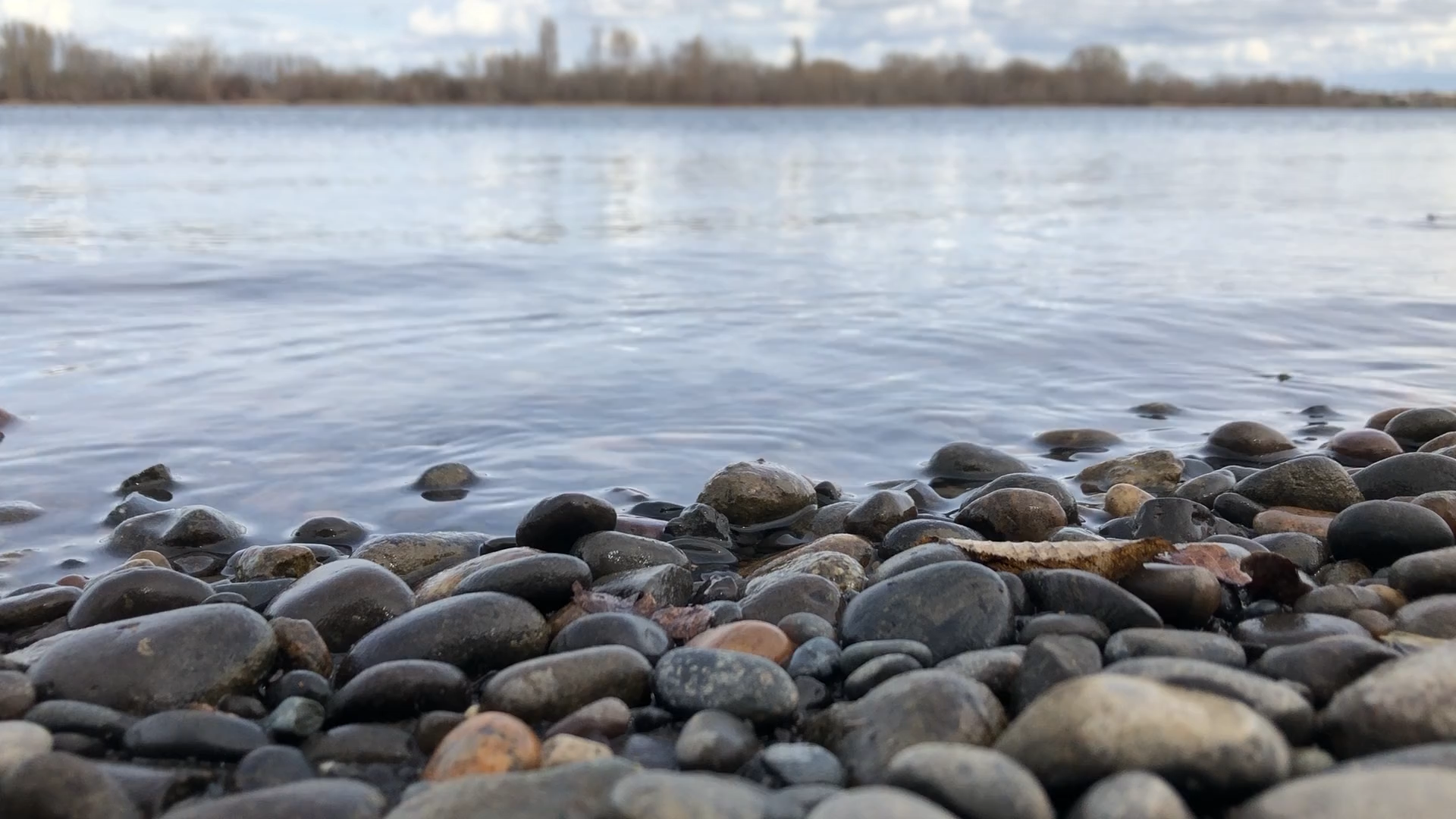If you are an avid hiker or outdoor enthusiast, this summer might be the perfect time to ascend one of Washington’s most famous mountains. With warm weather and clear conditions blanketing the region, the route up Mount St. Helens has been extraordinarily clear and accessible as of late. The towering 8,300 ft mountain became an icon of the Pacific Northwest after its infamous eruption in 1980, which remains the single most deadly and economically damaging volcanic event in U.S. history. We’ve covered the history of the volcano and its infamous eruption in a previous article. If you’re interested in more background information before planning a visit, you can find that post here. Today we’re going to speak more about the visiting the mountain and making the ascent. We’ll give you everything you need to know about summiting this epic landmark.
Accommodations
When planning a visit to St. Helens, it would be best to plan your housing well ahead of your intended visit. Lodging options are limited due to the remote location of the mountain, some 50 miles north/northeast of Portland, Oregon. The only town offering cabins and housing in the vicinity of the mountain is Cougar, Washington, a quiet alpine town on the banks of Yale Lake. I recently had the pleasure of staying at the Lone Fir Resort during a trip to climb the mountain and can highly recommend their cabin-style accommodations. If camping outdoors is more your style, there are several camp sites in and around Cougar that offer beautiful views of the lake and surrounding forests. Cougar Park & Campground stands out as an ideal choice.
Beginnings
Ascending Mount St. Helens is no trivial task. This “trail” (I place this word in quotation marks as the trail itself is unclear at points and nonexistent at others) is highly trafficked during the summer months but should only be attempted by those comfortable and experienced with hiking. While no technical gear is required, the climb is challenging and unforgiving, yet highly rewarding. You’ll start your ascent at the Climbers Bivouac Trailhead, located about half an hour by car northeast of Cougar. Approximately the first 1,000 feet in elevation gain takes you uphill through a dense forest until the point where you cross the tree line and onto the baren, rock-strewn slopes of the volcano. This first section, as is to be expected, is straightforward and the least challenging part of the ascent. Just past the tree line, there is an open boulder field where camping is possible for the minimalist climbers.
The Ascent
Once out of the trees the real climb begins. You’ll scramble up a steep incline of boulders and proceed for the next 1,000 feet of elevation through an open valley of loose rock and sparse snowfields. Beyond that point, you’ll reach the “stepstones”, a term I coined (patent pending) to describe six or seven roughly stacked hills of large, scattered boulders. This is one of the most challenging portions of the ascent, especially on the route back down. You’ll be traversing this landscape slowly and carefully, often using your hands to navigate as much as your legs. Once you pass the stepstones, the final 1,000 feet are up a sheer incline of ash and loose scree. This section is made much easier with the inclusion of trekking poles, which pay dividends in stability on the way up and down. Once you’ve cleared this section, you’ll come to the summit rim, which provides one of the most stunning views in the Pacific Northwest. On clear days, you can see Mt. Hood, Mt. Adams, and Mt. Rainier all from the summit of St. Helens. The vast caldera left behind from the eruption of 1980 seems impossibly large as it stretches out beneath you. This is the point that makes the entire ascent worthwhile. Now all that’s left is to get back down…



